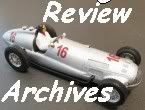.
SRC Renault RS10
1979 – René Arnoux
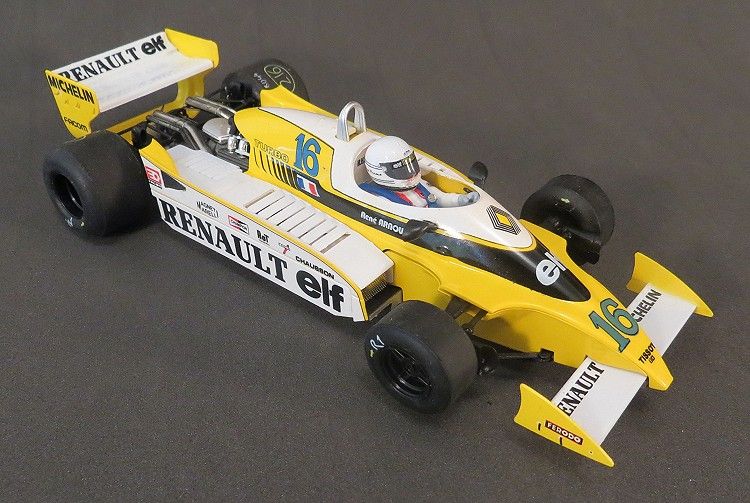
by Phil Wicks
Renault have been part of motor racing since the Renault brothers, back at the dawn of motoring time, realized there was good mileage for cars that won races (then on public roads) and that the mileage could be turned into sales on the showroom floor; and with the exception of the war years, Renault made it their policy to be on the track along side their competitors.
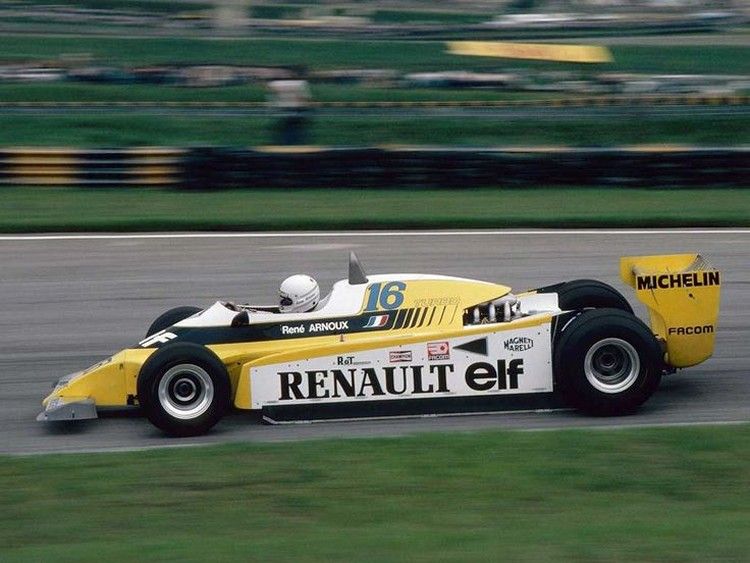
Early days were fraught with disappointment and technology lagged far behind aspirations; and it wasn’t until the 1950’s that Renault could get a handle on winning races regularly. Some simple homework showed that it required more than putting fearless drivers in fast cars.
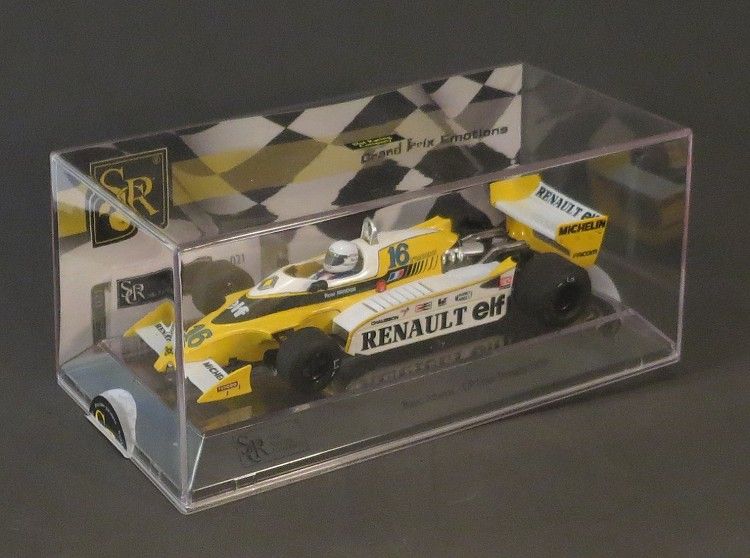
By the fifties motor sport had become comparatively sophisticated, and there was a distinct separation of motorcar types which eventually evolved into class racing much like F1, Rally, Touring etc. and included variations inside those classes to form sub classes; hill climbs, sprints etc.
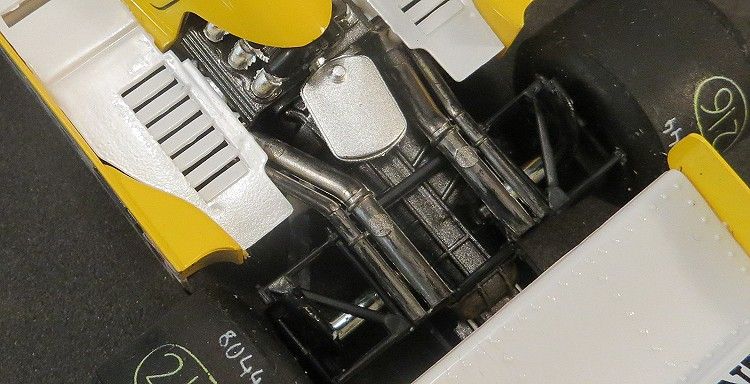
French GP 1979
Renault’s successes where few and far between on the track and apart from supplying the odd motor to customers, there was no real action from the Renault factory. Time trials, rallies and touring car racing began to reveal Renaults strength and a determined effort was made to enjoy the spoils of non circuit racing.
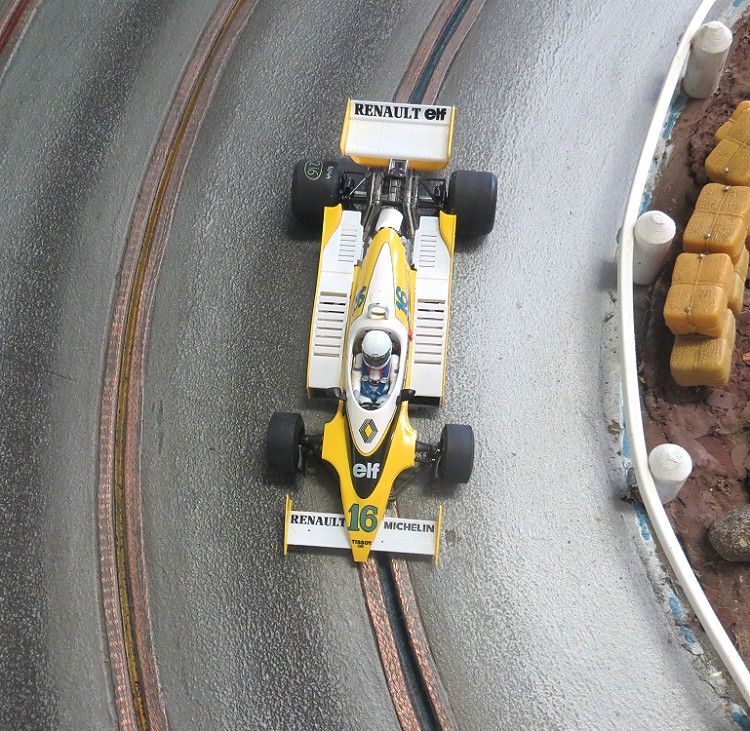
Here, Renault managed to show that it could hold its own against some of the best and by the mid sixties Renault were enjoying class wins in several major events, including European rallying, and especially endurance racing, particularly at Le Mans. Here they not only supplied engines but entered using their own chassis, the Alpine name being one of Renaults more famous and instantly identifiable successes. Even from an early stage Renault relied on the French tuning specialists Gordini to tweak their engines into giant slayers.
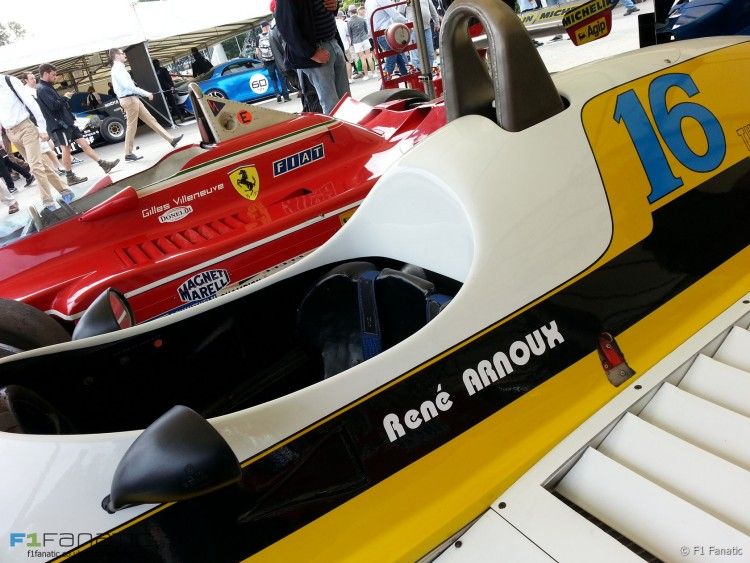
But, try as they might, they could not get that illusive victory on the GP circuits of the world and it would some years before Renault could claim F1 world domination as a constructor. The Alpine venture was wound up and Renault Sport as it was to become, combined forces with Gordini at their factory. Their return to open wheel racing in the seventies saw a furtive effort to take the coveted prizes and a series of race wins by Renault engine customers, provisionally in F2, where Jean-Pierre Jabouille and René Arnoux won the 76 and 77 titles.

Renault Sport resumed control of their F1 hopes in 1977, and even though they enjoyed race success along with their customers, Outright victory still evaded them and it was left to their customers, Williams and Benetton to prove there was no fault with their product; but still, it wasn’t until 2005 that Renault Sport could hold their head high and claim the World championship for drivers and constructors in their own right.
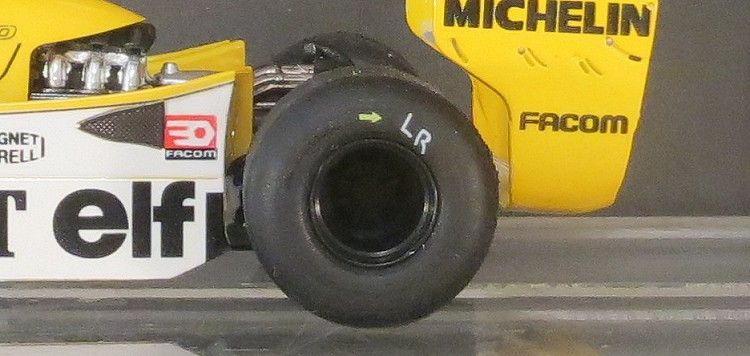
SRC have made a good choice in making this model. It is a copy of the Renault RS10 as raced by René Arnoux during the 1979 World Championship series. The real thing had a twin turbocharged 1500 c.c. V6 engine which produced 500 bhp. Although it was fast enough to qualify for pole on five occasions, engine unreliability dogged its performances and Arnoux was lucky to get the few podiums that he did. The R10 had innovative ground effects design and handling did not appear too much of a problem.
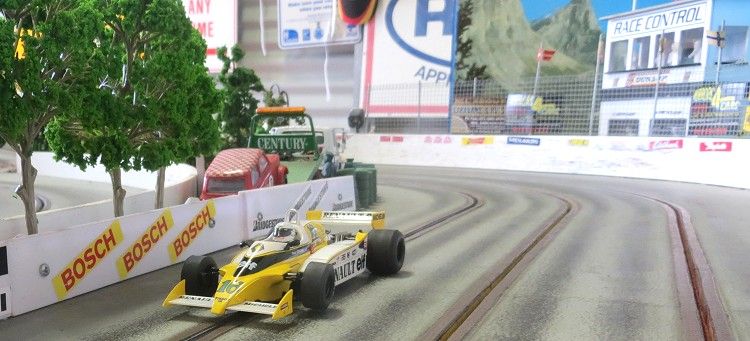
During the ‘79 season Arnoux drove the RS10 alongside the earlier RS01.These two cars combined got Arnoux across the drivers championship line at the end of the ‘79 season in a respectable eighth position with Renault taking sixth in the constructors championship. Renault’s presence on the F1 circuits in the late seventies and early eighties was instrumental in promoting huge changes in technology among all teams, and prompted the appearance of such names as BMW, TAG and Honda as engine suppliers.

Back to the model and the SRC model is a bit of a revisit, and I expect that SRC has more than its fare share of Fly slotcar genes in it. This I note with some trepidation as on more than several occasions I have been lured into buying glitzy and glamourous Fly cars only to have my dreams dashed once on the track! Was this car going to be the same? I notice also that the model’s underside proudly displays the ‘Made in Spain’ declaration….. I’m starting to worry!
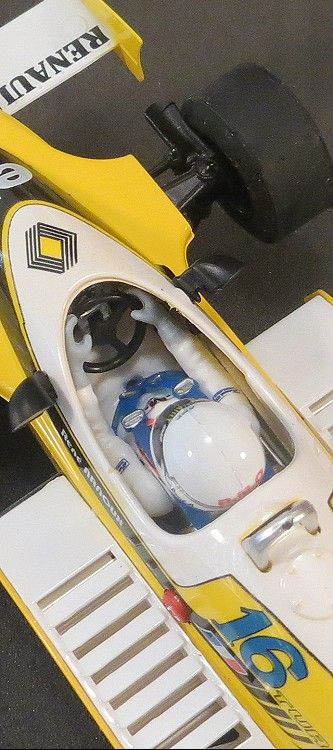
Outside is all the detail we expect from a pseudo Fly car and the finish is good. The Renault livery is eye catching and is instantly recognizable. Fine detail is good and suspension parts and exhaust and transmission parts are well made and good scale. I was also impressed with the detail on the driver. As with the Williams, the Renault has had more time and money spent on it than possibly the rest of the model! SRC have taken time to portray some of the almost unseeable detail too. The side pods have real louvers and the etched metal detail spreads from the intakes down to well inside the pods
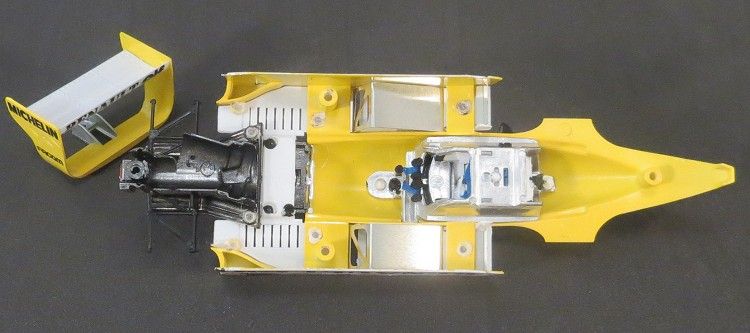
What isn’t instantly noticeable is that the body is composite and as such consists of several parts spot heated together. This makes for a very light and very flimsy model. The ‘tub’ area actually weighs in at 11 grams! The rear view mirrors are fairly robust and I would say that before you break one, you will have already lost a lot of other detail, so be warned. I also notice that the gloss finish on the flat surfaces is good, but is patchy and missing in places and orange-peely in others.
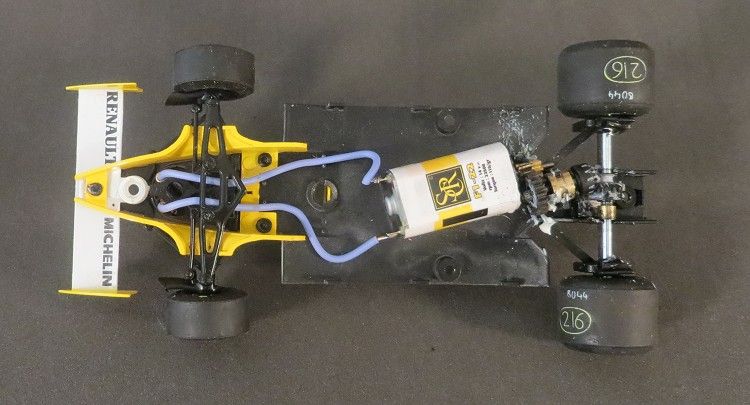
The chassis is also fairly strong and again, the only bits at risk are the front wing, this is very tenuous with one spot weld and one screw holding it in place. The steering is a different system to the Williams and is vestigial at best. There are no moving joints anywhere on the steering and any movement usually relies on one part or another flexing. The guide is conventional and with some care is removable. The steering assembly appears to be spot heated together and as far as I can make out can only be removed intact by cutting through the spot welds, which seems a bit dramatic.
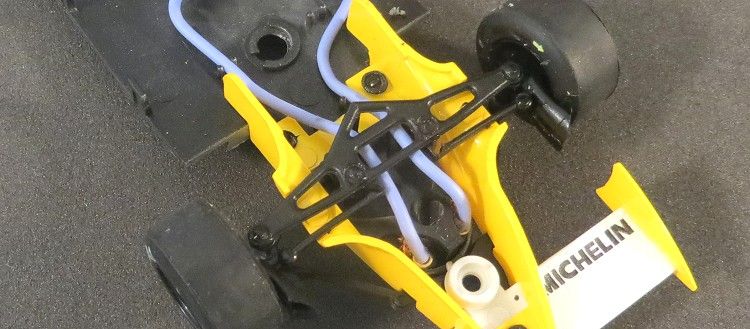
Turning the guide reveals that the movement stiffens with the more effort applied and it acts a built like a self centering guide, only thing is that there is resistance against guide movement from the straight ahead position which, as far as I can see, will encourage the guide to jump out of the slot in tighter corners, much like systems that use strong guide return springs! Fortunately, the 7.0 m.m. guide depth might just counter this.
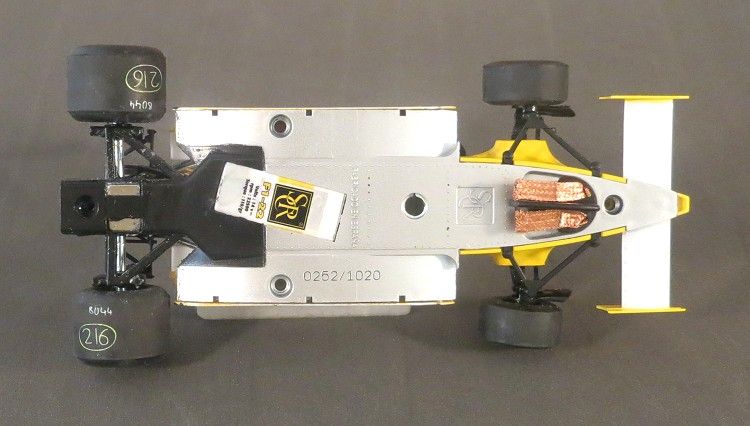
At the other end of the model is a very useful magnet for those who like stuck down racing. It’s not huge but should amply cope with the mass of the model even in the most demanding of bends. The magnet is loose though, mine was slopping about inside its housing and it was necessary to get a screwdriver to it to get it back into place. A spot of superglue should help to hold it down. The magnet too is a bit far back for my liking, it is almost directly under the rear axle and it has a tendency to lift the front up when on Scaley or Ninco track, it’s not too bad on Carrera and I would expect it might be OK for magnabraid too!
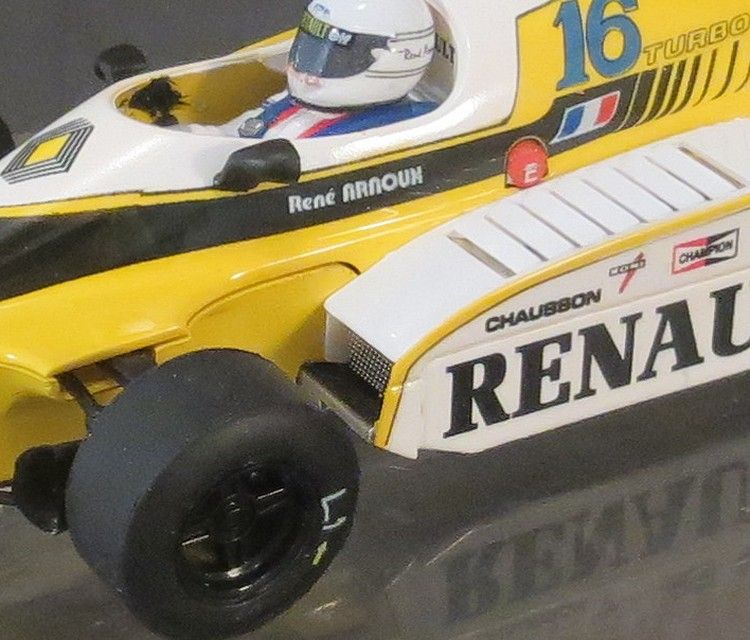
SRC have lovingly reproduced, in all its detail, the ground effects aspect of the real car, this was achieved by shaping the side pod channels similar to an inverted aeroplane wing section, much as Lotus achieved in the early days of ground effects, again a nice touch but not visible with the body on!
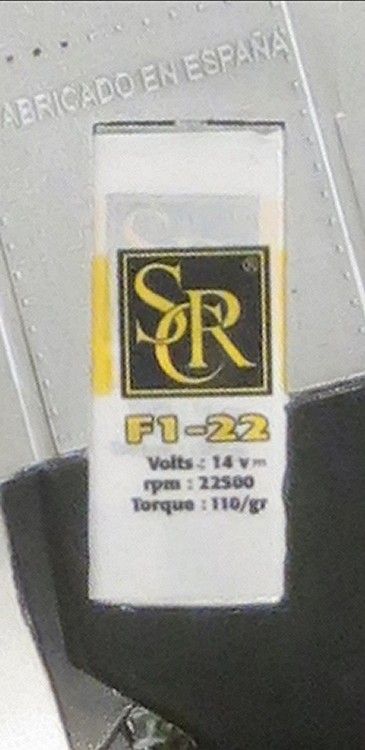
Towards the rear is the very real business end, this consists of a slimline FF type motor of moderate performance. The motor is rated at 22,000 rpm @14 volts, but this translates to less than 19,000 rpm at 12 volts; also, the torque is modest at 110/grm. There are a few selected gears in a layout designed to do away with the ugly body hump the contrates of yesteryear used to cause. But is it too complex?.....Or is it even made well?
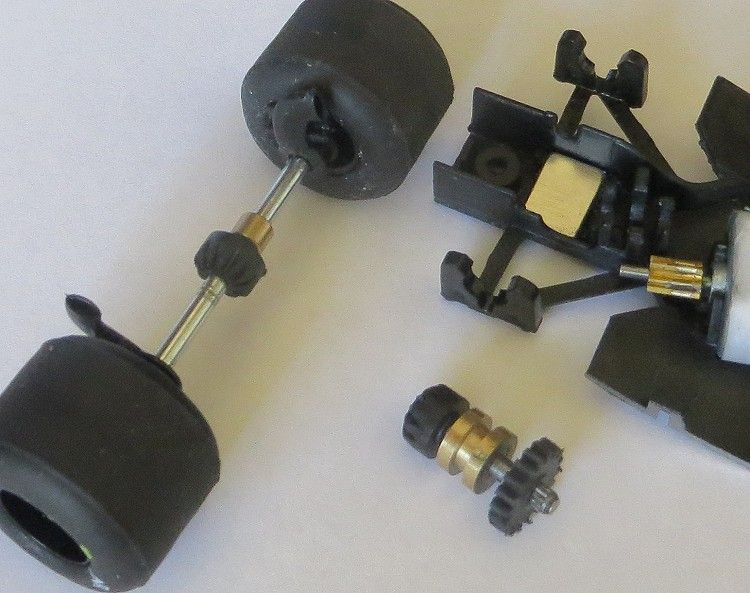
The idea for the rear end transmission is a variation on a theme (ref Flyslot Williams this forum) with the exception that the centre bearing clips into its carrier whereas the Fly version is held in with a screw down bracket. The issue here is that the upper body doesn’t press down on the bearing to hold it in place as with some models, and it is relying on the tension of the clip fit to the chassis to keep it in place. Combine this with the fact that the motor drives the gear shaft upwards; there is then the potential to drive the bearing out of its carrier under load.
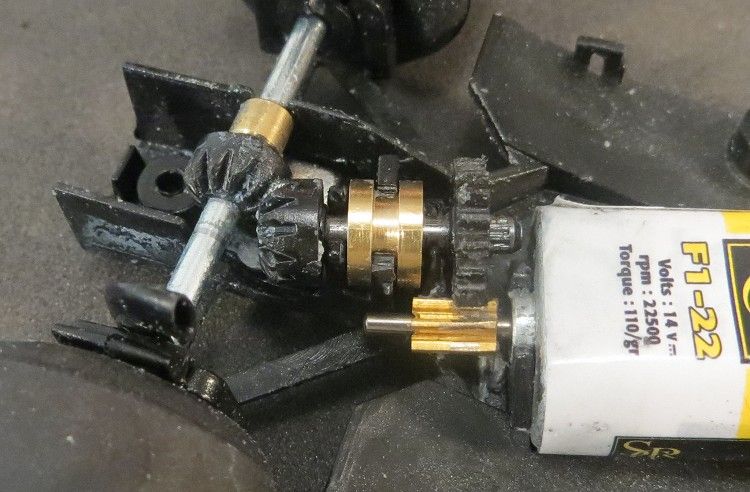
But the biggest issue with the transmission is the general tightness and binding of all the moving parts. Coupled with the fragility of the rear axle supports, this spells certain disaster. When setting a model up the first thing I do is to remove all the drag and binding from the drive line, I connect up the model to a 6 volt supply and lightly coat the tight gears with Tamiya fine polishing compound and a very small drop of Vaseline; this stops the paste drying out. As the model runs you will hear it get faster and faster, as this occurs I reduce the voltage until there is no further perceptible increase in motor speed. I then wash all the parts off and relube them including the wheel bearings.

With this model the spur gear pressed hard against the pinion and the motor would not turn at 6 volts. I increased the voltage slowly until it started to run, then I let it run for several minutes, reducing its speed as it bedded in; this took a while but there was still binding on the beveled axle gears. I had to repeat this with the axle gears until I was happy with the looseness and free play in the transmission. Once achieved, the gears were washed off and Vaseline applied to the gears, while the shafts were oiled.
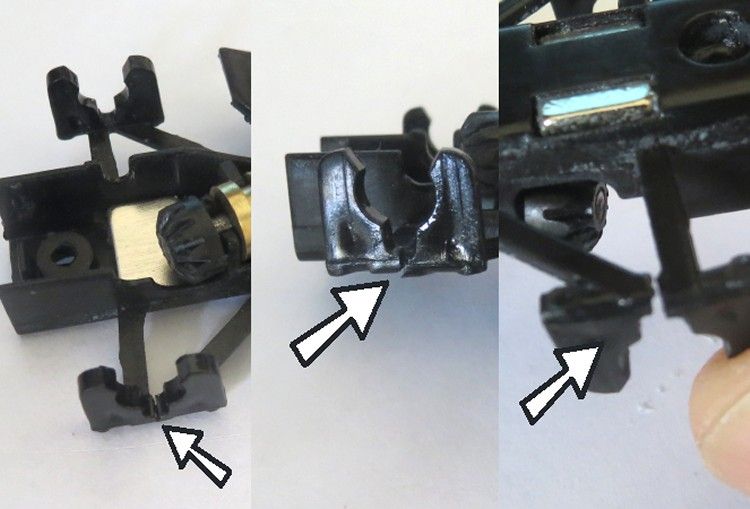
The rear end of the model is very fragile, its weakest link is the rear suspension detail, on mine one side is cracked at the bottom and this allows the mock brake duct cum axle bush to flop in and out at will….which is a bummer! Only a new chassis will fix this properly! Reluctantly and disappointingly I had to glue this back in place and maybe at some future date I will find one on eBay?? Another source of drag was the rear tyres, these actually touch the rear brake duct-cum-axle bushes and cause more concern!
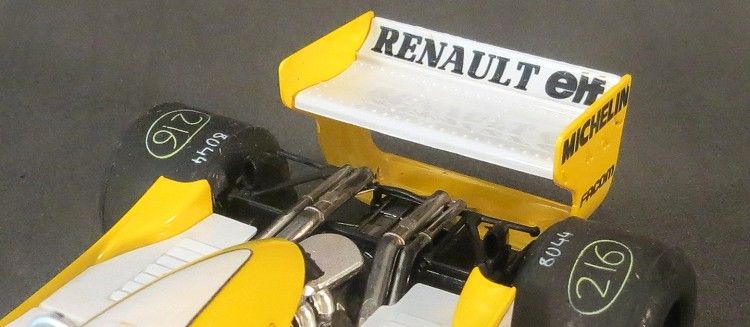
The whole rear end of the model is so light that just turning the axle sees all sorts of movement in the axle bushes. And finally, trying to get away from the trauma I discover both rear wheels are a poor press fit and can be removed quite easily. And revisiting the front wheels we find that both wheels are stiff on their axles and one even has a ‘notchy’ feel to it when rotated, by this time I daren’t attempt to remove anything more from the model!
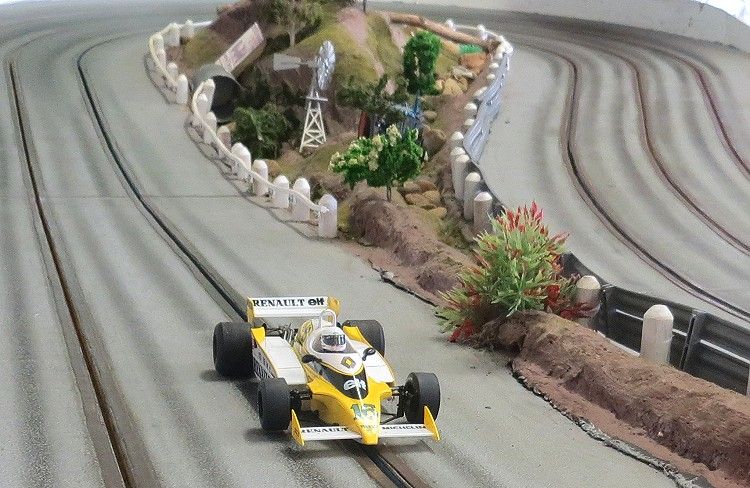
Call me Ishmael if you like but I was resolved to get a few laps out of it on the local technical LCR track (non magnet) just to see if it had potential, and even though my catalogue of incidents told me not too….I did! With no one else on the track I punted off around the normally 7.5 second circuit clocking high nines. Under cruising conditions I managed to get it to comfortably lap the track but things are far from sweet. The model stops too quickly on the over run even with the brake control backed right off demonstrating there were still troubles with rolling drag.
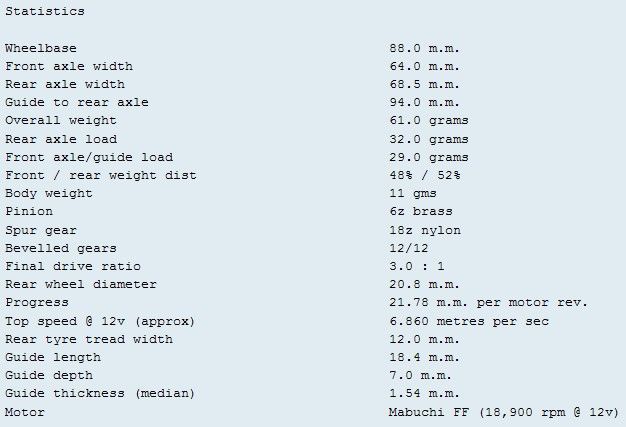
I frustratedly took the model off after several laps and on returning home gave it another inspection and came to the conclusion that this is a very attractive slotcar, SRC have reproduced all the attributes of a desirable model, but, somehow, all the great ideas on their blueprint have not made it to the track! So, if you feel inclined to buy this model then whatever you do, don’t put it on the track, don’t even take the body off! You will be disappointed and eventually mortified when it can no longer live up to the promises it made from the display case! Being a limited addition it should be treated as such and take pride of place on the shelf, not the track!!
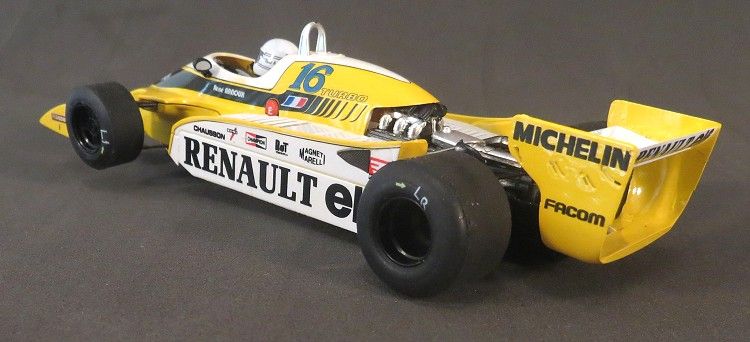
There was a golden opportunity here from Slot Racing Company to make a truly exceptional model, but, for what ever reason, the opportunity was missed and we end up with a model which cannot live up to its promises. There isn’t even the potential to build a great slotcar from the pieces, almost everything except the tub would need replacing! Is Mr SRC naïve when it comes to knowing what a good model needs, or does he know something we don’t ? Or maybe he should move production to China!

















